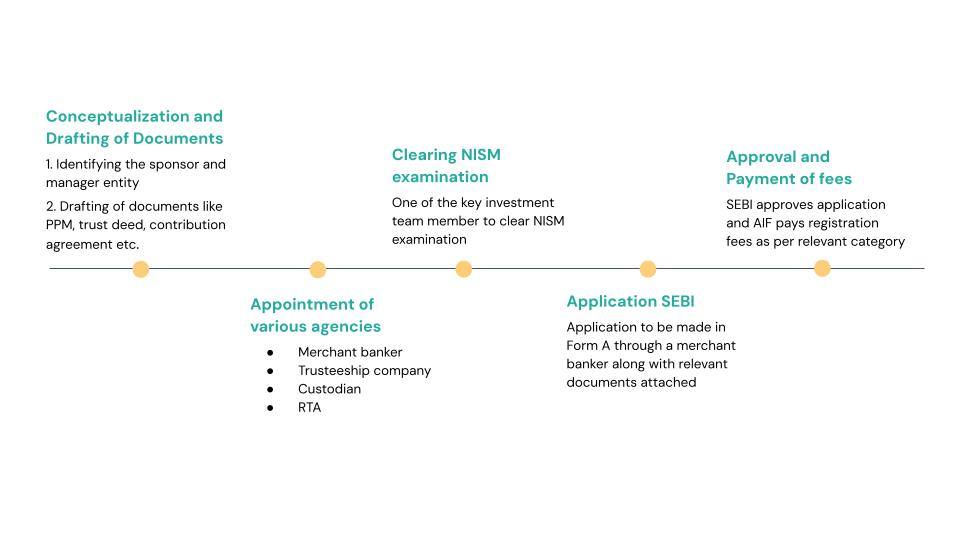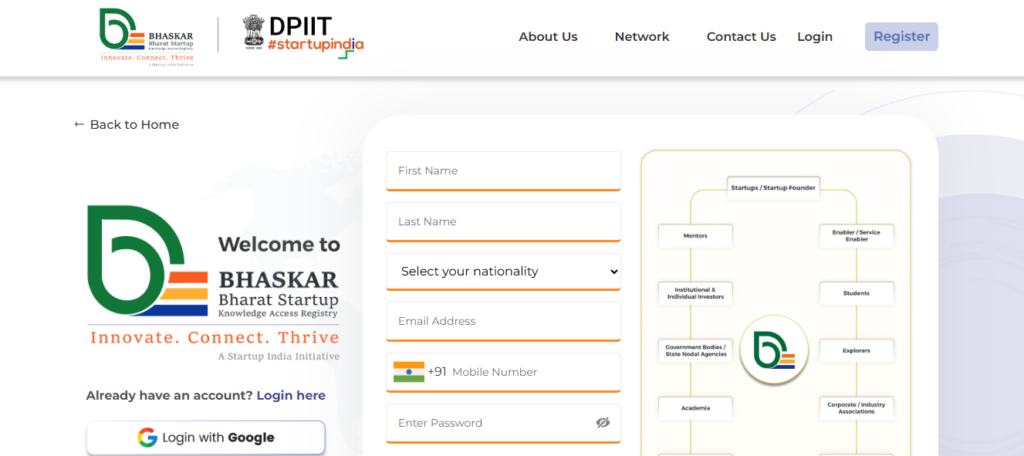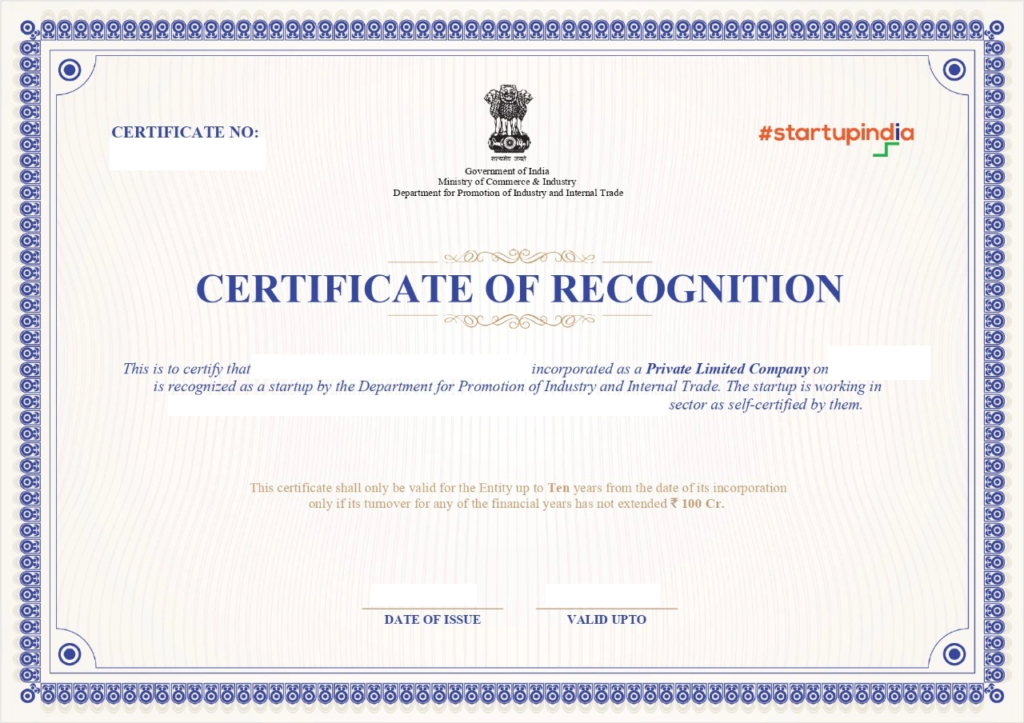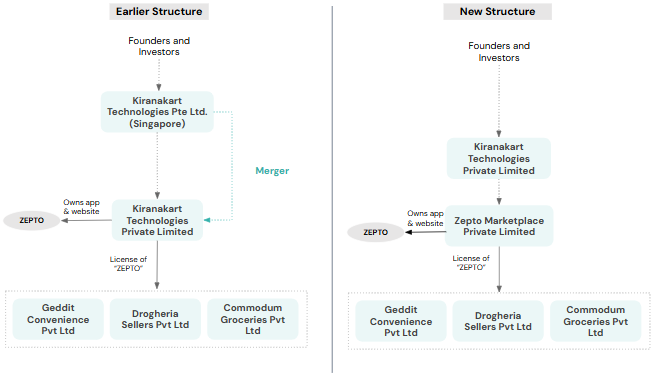Introduction to POSH Act Compliance
What is POSH?
The POSH Act, formally known as the Sexual Harassment of Women at Workplace (Prevention, Prohibition and Redressal) Act, 2013, is a critical piece of legislation in India aimed at creating a safe working environment for women by preventing sexual harassment in the workplace. The Act mandates all employers to address issues related to sexual harassment and provides a comprehensive framework for grievance redressal. In this blog we provide a Complete POSH Compliance Checklist for various organizations in India.
Definition of the POSH Act 2013 (Prevention of Sexual Harassment at Workplace)
The POSH Act, enacted in 2013, was introduced to safeguard women against sexual harassment at their workplace and ensure that employers take necessary actions to create a safe and respectful working environment. The Act defines sexual harassment as any unwelcome behavior of a sexual nature, which creates a hostile, intimidating, or offensive work environment.
The Act lays down clear guidelines for the prevention, prohibition, and redressal of sexual harassment in the workplace, focusing on:
- Preventing sexual harassment through policies, training, and awareness
- Prohibiting such behavior in the workplace
- Redressing grievances with the help of an Internal Complaints Committee (ICC)
Why is POSH Compliance Important?
Legal Obligations for Businesses
The POSH Act imposes several legal obligations on employers to safeguard against sexual harassment, including:
- Setting up an Internal Complaints Committee (ICC): For organizations with 10 or more employees, it is mandatory to form an ICC to address complaints.
- Creating a Written Policy: Employers must draft and implement a clear anti-sexual harassment policy that is made accessible to all employees.
- Conducting Regular Sensitization Workshops: Employers are required to conduct training and awareness programs for employees to ensure they understand what constitutes sexual harassment.
- Annual Reporting: Companies must file annual reports detailing the complaints, their resolution status, and actions taken in compliance with the Act.
Ensuring a Safe Workplace and Preventing Sexual Harassment
Complying with the POSH Act is not only about legal adherence, but it’s also about fostering a workplace culture of respect and dignity for all employees. POSH compliance ensures that:
- Employees feel safe and respected, which is crucial for their mental well-being and productivity.
- Preventive Measures are taken proactively to stop any form of harassment from occurring, rather than just responding after the fact.
- Effective Redressal Mechanisms are in place, providing employees with a clear path to report grievances.
Penalties for Non-Compliance with the POSH Act
Failure to comply with the POSH Act can have severe legal and financial consequences for companies. The penalties include:
- Monetary Fines: Companies that do not form an ICC or fail to implement an anti-sexual harassment policy could face fines of up to ₹50,000.
- License Suspension: For repeated offenses, a company could face the suspension or revocation of its business licenses.
- Reputational Damage: Non-compliance may result in publicized legal actions, leading to long-term damage to the company’s reputation.
| Penalty Type | Amount/Fine |
| Monetary Fine | ₹50,000 for non-compliance |
| Repeated Non-Compliance | Suspension of business license |
Benefits of Complying with the POSH Act for Employers and Employees
For Employers:
- Legal Protection: Compliance ensures that businesses avoid penalties and legal action.
- Improved Brand Image: A company with strong POSH policies is seen as responsible, trustworthy, and employee-centric.
- Attracting Talent: Top talent prefers working in environments that prioritize safety and inclusivity.
- Enhanced Productivity: A harassment-free workplace promotes focus, innovation, and job satisfaction.
For Employees:
- Safe and Respectful Environment: Employees are more likely to thrive in workplaces where they feel safe and supported.
- Clear Grievance Mechanisms: Employees have an accessible platform to raise concerns and seek justice.
- Empowerment: A transparent POSH policy empowers employees to speak out against harassment without fear of retaliation.
- Job Satisfaction: Employees are more satisfied when they know that their employer is committed to maintaining a harassment-free workplace.
Detailed POSH Compliance Checklist for Employers
The POSH Act requires employers to take proactive measures to ensure a safe workplace for all employees. Below is a POSH Compliance Checklist with actionable steps to help employers meet the legal requirements of the Prevention of Sexual Harassment at Workplace (POSH Act, 2013).
Creation of Anti-Sexual Harassment Policy
Ensure Clarity and Transparency in the Policy
Creating a clear and transparent Anti-Sexual Harassment Policy is the first step toward POSH compliance. The policy should:
- Define what constitutes sexual harassment in a detailed manner, covering physical, verbal, and non-verbal harassment.
- Ensure that the policy is unambiguous, leaving no room for misinterpretation.
- Outline preventive measures, grievance redressal mechanisms, and the disciplinary actions to be taken.
Make it Accessible to All Employees
The policy should be made easily accessible to all employees in the organization. This can be achieved by:
- Distributing hard copies of the policy to each employee during their onboarding process.
- Uploading the policy on the company’s internal website or document-sharing platform for easy access.
- Ensuring that all employees sign an acknowledgment form confirming they have read and understood the policy.
Set up Internal Complaints Committee (ICC)
Composition and Training of ICC Members
The Internal Complaints Committee (ICC) is the backbone of POSH compliance. To ensure its effectiveness:
- The ICC must consist of at least 4 members, including:
- A Chairperson, typically a senior female employee or external member.
- Two employees from the organization, one of whom should be a woman.
- One external member with expertise in issues related to sexual harassment (e.g., a lawyer, counselor, or social worker).
- Training for ICC members should include:
- Legal knowledge of the POSH Act and how to handle complaints.
- Sensitivity training to ensure members approach each case with empathy and respect.
- Procedural training on how to investigate complaints while maintaining confidentiality and neutrality.
Assign Roles to Committee Members
Each member of the ICC should have clearly defined roles, including:
- Chairperson: Oversees the committee’s operations, ensures fairness in investigations, and provides final recommendations.
- Committee Members: Handle investigations, listen to complaints, and assist in the decision-making process.
- External Member: Provides independent oversight to ensure that the committee’s decisions are fair and just.
Annual Reporting & Disclosures
Filing the Report with the District Officer and Employer
Under the POSH Act, an annual report needs to be filed with both the District Officer and the employer. This report should include:
- The number of complaints received and resolved.
- Steps taken to prevent sexual harassment and promote awareness.
- The status of complaints, whether they are resolved, pending, or under investigation.
Information about Resolved/Pending Cases in Annual Company Report
Employers must disclose information about sexual harassment cases in the company’s annual report. This should include:
- A summary of complaints filed during the year.
- Status updates on pending cases and actions taken for each case.
- The number of cases resolved and the actions taken.
| Report Details | Information to Include |
| Complaints Summary | Total number of complaints filed |
| Status of Complaints | Resolved, Pending, or Under Investigation |
| Actions Taken | Actions taken and resolutions provided |
Publicizing the Zero-Tolerance Policy
Displaying Posters at Prominent Places
Publicizing the organization’s zero-tolerance policy is essential to ensuring employees are aware of the company’s stance on sexual harassment. Employers should:
- Display posters with a clear message about the company’s zero-tolerance policy for sexual harassment.
- Place the posters in prominent locations such as cafeterias, hallways, and near elevators where employees are likely to see them.
Educating Employees About the Policy
Employees must be informed and educated about the Anti-Sexual Harassment Policy. This can be done through:
- Employee induction programs: Ensure that new hires are introduced to the policy as part of their onboarding process.
- Refresher sessions: Conduct periodic training sessions to remind employees of the policy and their rights.
- Regular communication: Share updates, reminders, and relevant information via email or intranet.
Training and Awareness Programs
Organize Sensitization Workshops for Employees and ICC Members
Sensitization workshops are crucial in raising awareness about sexual harassment and building a culture of respect. These workshops should:
- Educate employees about sexual harassment: What it is, how to recognize it, and how to report it.
- Empower ICC members: Train committee members on handling sensitive cases and maintaining confidentiality.
- Use real-life scenarios: To demonstrate how sexual harassment can occur and how to handle such incidents appropriately.
Conduct Periodic Capacity-Building Programs for ICC Members
Capacity-building programs for ICC members are essential to ensure they are up to date with the latest legal developments and investigative techniques. These programs should include:
- Advanced training on handling complex cases of harassment.
- Workshops on current legal updates related to sexual harassment laws and compliance.
- Simulated scenarios to practice their investigative and decision-making skills.
| Training Programs | Frequency | Purpose |
| Sensitization Workshops | Quarterly | Raise awareness about sexual harassment |
| ICC Capacity-Building | Annually | Enhance investigation and legal knowledge |
| Policy Refresher Training | Semi-annually | Ensure compliance and provide ongoing education |
Complete POSH Compliance Checklist – Ultimate Guide
| No. | Activity | Timeline | Necessary Action |
| 1 | Creation of Anti-Sexual Harassment Policy | Immediate | The policy must be specific to the company and compliant with statutory and judicial pronouncements. It is advisable to take assistance from a legal expert. |
| 2 | Constitution of an Internal Complaints Committee (ICC) | Immediate | An ICC must be created to hear and redress grievances related to sexual harassment. An external member must be nominated to the Committee. |
| 3 | Filing of Annual Report by ICC | Annually (for each calendar year) | Annual report is to be furnished in the prescribed format, containing details of sexual harassment proceedings. |
| 4 | Disclosure of Information regarding Pending and Resolved Cases | Annually (within 30 days of AGM) | Mandatory disclosure in the company’s annual report. |
| 5 | Statement Regarding Compliance with POSH Act in Board Report | Annually in the Board Report | The Board report must contain a statement confirming compliance with the POSH Act, particularly the constitution of the Internal Complaints Committee. |
| 6 | Recognition of Sexual Harassment as Misconduct | Immediate | Sexual harassment must be incorporated in employment contracts, HR policies, or the sexual harassment policy as a form of misconduct. |
| 7 | Display of Posters or Notices Informing Employees | Immediate | Posters with the company’s zero-tolerance policy must be displayed in prominent locations in the workplace, including ICC member details. |
| 8 | Informing Newly Inducted Employees About POSH Policy | Need-based | Newly inducted employees must be informed about the anti-sexual harassment policy and trained on identifying harassment. |
| 9 | Conducting Sensitization Workshops for Employees | Periodic | Workshops/seminars to inform employees about their rights and how to report harassment. |
| 10 | Capacity-Building Programs for ICC Members | Periodic | Orientation and capacity-building programs for ICC members, including skill-building workshops for handling sexual harassment proceedings. |
| 11 | Prohibition of Using IT Assets for Sexual Harassment | Immediate | Policies must be updated to cover sexual harassment through information technology assets, particularly for remote working scenarios. |
| 12 | Monitoring ICC Performance | Periodic | Ensure that complaints are decided within time limits, and procedural rules are followed, with updates on legal amendments and judgments. |
| 13 | Assistance for Aggrieved Employees to Initiate Criminal Complaint | Whenever Necessary | Guidance on how to file a police report or FIR if needed. |
| 14 | Implementation of Gender-Neutral Policies | Optional | Develop gender-neutral versions of the policy that include protection for male and transgender employees. |
| 15 | Anti-Sexual Harassment Policy for All Offices | Immediate | Ensure policy implementation across all branches and offices, with smooth flow of information and compliance at every level. |
Understanding the POSH Act – Key Elements of Compliance
Anti-Sexual Harassment Policy
Definition and Importance of the Policy
An Anti-Sexual Harassment Policy is a formal document that outlines a company’s stance on preventing sexual harassment in the workplace. The policy sets the tone for how the organization handles sexual harassment, ensuring that all employees are aware of their rights and the company’s commitment to creating a safe, respectful working environment.
The importance of this policy cannot be overstated:
- Legal Compliance: It is a mandatory requirement under the POSH Act.
- Prevention: Helps prevent incidents of harassment by clearly defining unacceptable behavior.
- Employee Confidence: Encourages employees to report harassment without fear of retaliation.
- Company Reputation: Strengthens the organization’s image as a responsible and ethical employer.
Components to Include in Your Anti-Sexual Harassment Policy
When drafting an Anti-Sexual Harassment Policy, it is essential to include the following components to comply with the POSH Act:
- Clear Definition of Sexual Harassment
- Provide a detailed explanation of what constitutes sexual harassment, both physical and verbal, including inappropriate comments, gestures, or physical contact.
- Provide a detailed explanation of what constitutes sexual harassment, both physical and verbal, including inappropriate comments, gestures, or physical contact.
- Zero-Tolerance Statement
- State that the company adopts a zero-tolerance approach towards sexual harassment and is committed to maintaining a harassment-free workplace.
- State that the company adopts a zero-tolerance approach towards sexual harassment and is committed to maintaining a harassment-free workplace.
- Grievance Redressal Mechanism
- Include procedures for employees to report harassment, including how to file a complaint and the process for investigation.
- Include procedures for employees to report harassment, including how to file a complaint and the process for investigation.
- Confidentiality Assurance
- Ensure that the identity of the complainant and the accused is protected to the extent possible, and provide a clear framework for maintaining confidentiality throughout the investigation.
- Ensure that the identity of the complainant and the accused is protected to the extent possible, and provide a clear framework for maintaining confidentiality throughout the investigation.
- Disciplinary Action and Consequences
- Outline the penalties or actions that will be taken against the perpetrator, ranging from warnings to termination, depending on the severity of the offense.
- Outline the penalties or actions that will be taken against the perpetrator, ranging from warnings to termination, depending on the severity of the offense.
- Support for Victims
- Offer details on counseling, medical assistance, and legal support available to victims of harassment.
- Offer details on counseling, medical assistance, and legal support available to victims of harassment.
Legal Requirements Under the POSH Act
The POSH Act mandates that every organization with 10 or more employees must have an Anti-Sexual Harassment Policy in place. The policy should:
- Be in writing and communicated to all employees.
- Ensure awareness programs to educate employees about their rights under the Act.
- Include a grievance redressal procedure managed by the Internal Complaints Committee (ICC).
Internal Complaints Committee (ICC)
Composition of the ICC: Roles and Responsibilities
The Internal Complaints Committee (ICC) plays a pivotal role in implementing the POSH Act. It is responsible for receiving, investigating, and resolving complaints related to sexual harassment.
Key roles and responsibilities of the ICC:
- Chairperson: Typically a senior female employee or an external member who is an expert in gender issues.
- Members: At least two employees from within the organization (preferably women), along with external members who are experienced in handling sexual harassment cases.
- Function: The ICC is tasked with investigating complaints, conducting hearings, making decisions on disciplinary actions, and ensuring the implementation of preventive measures.
How to Constitutionally Set Up an ICC
Setting up an Internal Complaints Committee (ICC) involves the following steps:
- Nominate a Chairperson: Choose a senior female employee or external member to head the committee.
- Select Committee Members: Appoint members from the workforce, ensuring that at least half are women.
- External Member Appointment: Nominate an external member with expertise in sexual harassment issues, such as a lawyer or social worker.
- Define Roles and Responsibilities: Clarify the roles and responsibilities of each member in writing.
The Role of External Members in the ICC
External members of the ICC play a crucial role in ensuring impartiality and fairness. Their role includes:
- Providing an outside perspective on the investigation and decisions.
- Ensuring that the investigation process is transparent and objective.
- Offering expert advice on handling complex sexual harassment cases.
Steps for Appointing ICC Members and Their Training
Appointing ICC Members:
The appointment process should follow these steps:
- Identify employees who are trustworthy, impartial, and capable of handling sensitive matters.
- Ensure that a gender-diverse committee is formed.
- Appoint an external expert in gender-related issues, ensuring they are knowledgeable about the POSH Act.
Training for ICC Members:
- Sensitivity Training: Train members to handle complaints with empathy and understanding.
- Legal Training: Ensure members are well-versed in the provisions of the POSH Act and related legal procedures.
- Investigative Training: Provide training on how to conduct a thorough and unbiased investigation, respecting confidentiality and due process.
Mandatory Reporting & Documentation
Annual Reporting Requirements for ICC
Every Internal Complaints Committee (ICC) is required to submit an annual report to the employer and the District Officer. This report must include:
- The number of complaints received and their nature.
- Actions taken on complaints, including the outcomes of investigations.
- Prevention measures implemented by the organization.
- Recommendations for improvement in compliance.
Filing with the District Officer and Employer
Under the POSH Act, the employer must file the annual report containing:
- The number of complaints addressed.
- Details of the action taken on each case, including whether the complaint was upheld and any penalties imposed.
- This report must be submitted to the District Officer annually, and the employer must also retain a copy for internal records.
Information to Include in Annual Reports
The annual report must include:
- Overview of the ICC’s composition and its activities.
- Details of the complaints received, including the gender, position, and nature of the complaint.
- Summary of actions taken for each complaint, including penalties or resolutions.
- Recommendations for policy changes or further actions to enhance workplace safety.
Statement of Compliance in Board Reports
The Board of Directors of a company is required to provide a statement of compliance with the POSH Act in the company’s annual report. This statement should include:
- Confirmation that an Internal Complaints Committee (ICC) has been constituted.
- Assurance that the Anti-Sexual Harassment Policy has been implemented.
- A summary of actions taken to prevent sexual harassment and comply with the POSH Act.
Timeline for POSH Compliance
Immediate Actions
- Anti-Sexual Harassment Policy Formation: Create a clear, comprehensive policy to address and prevent sexual harassment.
- Constitution of ICC: Set up the Internal Complaints Committee (ICC) with defined roles.
- Posting Notices: Display zero-tolerance policy notices at prominent workplace locations.
Periodic Actions
- Sensitization Workshops: Conduct monthly or quarterly workshops to raise awareness.
- Capacity-Building for ICC Members: Regular training for ICC members to handle cases effectively.
- Monitoring of ICC Performance: Periodically review ICC performance to ensure timely investigations.
Annual Actions
- Filing of Annual Reports: Submit the annual report to the District Officer and employer.
- Disclosure in Company’s Annual Report: Report sexual harassment cases and resolutions.
- Board’s Statement on POSH Compliance: Include POSH compliance confirmation in the Board Report.
Common Pitfalls in POSH Compliance
Lack of Awareness Among Employees
- Why Educating Employees is Critical: Regular education helps employees understand their rights and report harassment.
- Common Misunderstandings: Misconceptions about harassment can lead to unreported cases. Address them by clarifying the policy’s scope.
Incomplete or Inadequate Documentation
- What Employers Should Avoid: Avoid vague policies or lack of detailed records.
- Ensuring Complete Compliance: Maintain thorough, up-to-date records of complaints, investigations, and resolutions.
Failure to Conduct Regular Training
- Importance of Periodic Workshops: Training ensures that all employees and ICC members stay informed.
- Best Practices for Effective Training: Use real-life scenarios, update training regularly, and include practical sessions.



































![Foreign Trade Policy of India: A Complete Guide [2025] Foreign Trade Policy of India: A Complete Guide [2025]](https://treelife.in/wp-content/uploads/2025/05/Foreign-Trade-Policy-of-India-A-Complete-Guide-2025.jpg)






















































































